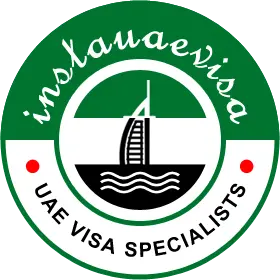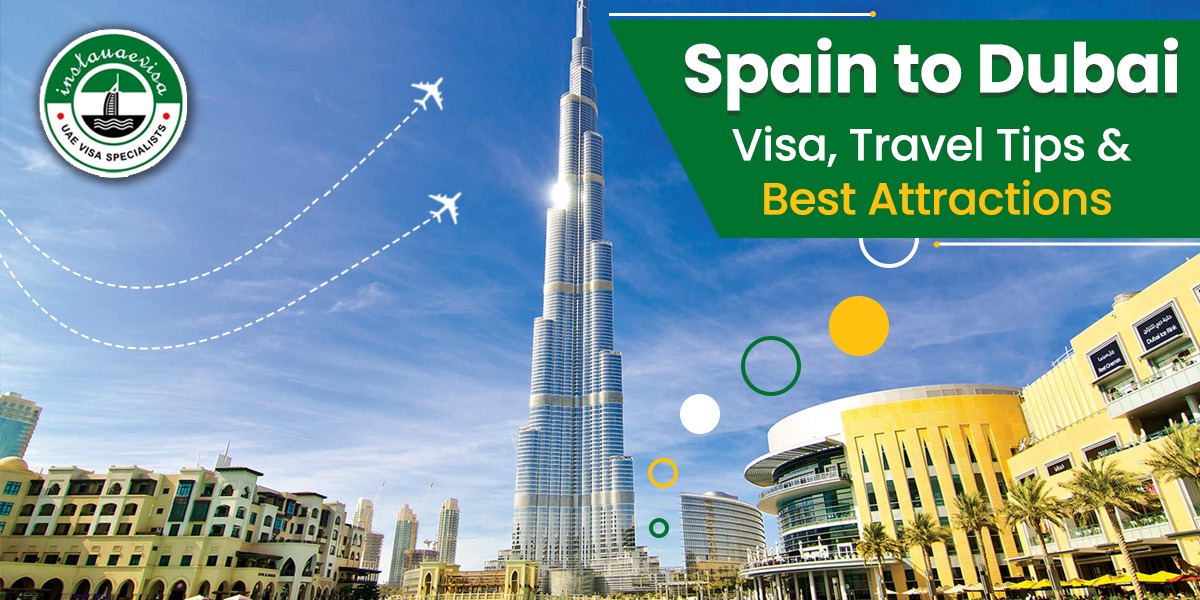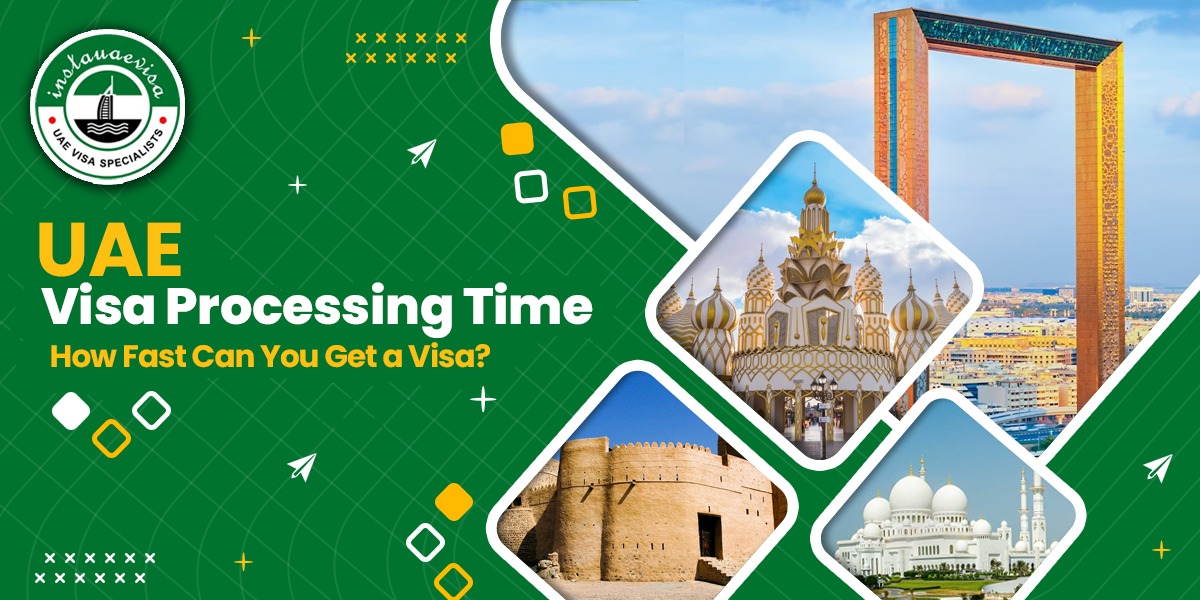Introduction: A Journey Between Two Worlds
Stepping off the plane at Dubai International Airport, the transition from Spain’s historic charm to Dubai’s futuristic grandeur is striking. The journey from Barcelona’s cobbled streets to the dazzling skyline of Dubai is more than a shift in geography—it’s an immersion into a city where tradition meets modernity.
Having made this trip multiple times, I’ve gathered essential insights for Spanish citizens and residents traveling to Dubai. From visa requirements to must-visit attractions, this guide ensures a seamless and enriching experience.
Visa Guidelines for Spanish Citizens Traveling to Dubai
Simplified Entry Process
Spanish passport holders enjoy a streamlined entry process when visiting Dubai and the broader UAE:
-
Passport Validity: Ensure a minimum validity of six months from your travel date.
Extended Stay Options
Non-Spanish residents of Spain may require different entry permits depending on nationality. For those planning to stay beyond 90 days, consider the following options:
-
Exit and re-enter the UAE via a neighboring country such as Oman.
-
Apply for an extension through the General Directorate of Residency and Foreigners Affairs (GDRFA).
-
Explore other visa categories suited for work, study, or long-term stays.
Best Time to Travel from Spain to Dubai
Understanding Dubai’s Climate
Spanish travelers accustomed to mild Mediterranean weather might find Dubai’s climate vastly different. The city has two primary seasons:
-
Winter (November–March): Pleasantly warm days (24–28°C) and cool evenings (15–20°C).
-
Summer (April–October): Intense heat and humidity, often exceeding 40°C.
For an optimal experience, visiting during winter is highly recommended. This period also aligns with major cultural events and outdoor festivals.
Seasonal Highlights
-
November–December: Dubai National Day celebrations, winter markets.
-
January–February: Dubai Shopping Festival, ideal desert safari conditions.
-
March: Art Dubai, Dubai International Boat Show.
-
October: Start of the cooler season, Dubai Fitness Challenge.
Flights from Spain to Dubai: Routes & Travel Tips
Direct Flight Options
Several airlines operate non-stop flights between Spain and Dubai:
-
Emirates: Direct services from Madrid and Barcelona.
-
Etihad Airways: Flights via Abu Dhabi, with easy transfers to Dubai.
-
Iberia: Codeshare flights with Emirates from Madrid.
The flight duration is approximately 7–7.5 hours, making Dubai an easily accessible destination.
Booking Tips for a Smooth Journey
Based on my experience, these strategies enhance the travel experience:
-
Book tickets 2–3 months in advance for the best fares.
-
Midweek departures (Tuesdays or Wednesdays) often offer lower prices and less crowded flights.
-
Consider bundled flight + hotel packages for better deals.
Arriving in Dubai: Airport & Transport Options
Dubai International Airport (DXB) is among the world’s busiest and most efficient airports. Upon arrival:
-
Immigration: Spanish travelers can use designated fast-track lanes for smoother processing.
-
Baggage Claim: Well-organized but can be crowded during peak hours.
Transport from the Airport
-
Metro: Directly connected to Terminals 1 and 3.
-
Taxis: Regulated with transparent pricing.
-
Ride-Hailing: Uber and Careem provide convenient options.
-
Hotel Shuttles: Many accommodations offer complimentary airport transfers.
Cultural Insights for Spanish Travelers
Adapting to Local Customs
Dubai is a cosmopolitan hub that balances modernity with tradition. Spanish visitors should keep in mind:
-
Dress Code: Modest attire is expected in malls, religious sites, and government buildings.
-
Ramadan Etiquette: If traveling during the holy month, avoid eating or drinking in public during daylight hours.
-
Public Behavior: Excessive displays of affection and loud conduct should be avoided.
-
Alcohol Consumption: Available in licensed venues, primarily within hotels and private clubs.
Language Navigation
While Arabic is the official language, English is widely spoken. Knowing a few Arabic phrases can enhance interactions:
-
Marhaba (Hello)
-
Shukran (Thank you)
-
Min fadlak/fadliki (Please)
-
Ma’a salama (Goodbye)
Must-Visit Attractions in Dubai
Architectural Landmarks
Dubai’s skyline is a testament to engineering marvels and visionary ambition:
-
Burj Khalifa: The tallest building in the world, offering stunning observation decks.
-
Dubai Frame: A 150-meter-tall structure providing panoramic views of old and new Dubai.
-
Palm Jumeirah: A man-made island best explored via monorail or aerial tours.
-
Museum of the Future: A futuristic exhibit exploring innovation and technology.
Cultural & Historical Highlights
Beyond its modern appeal, Dubai has a rich cultural heritage:
-
Al Fahidi Historical Neighborhood: A preserved district showcasing traditional Emirati architecture.
-
Dubai Museum: Chronicles Dubai’s transformation from a fishing village to a global city.
-
Jumeirah Mosque: One of the few mosques open to non-Muslim visitors, offering guided cultural tours.
Desert Adventures
Exploring the desert unveils an entirely different side of Dubai:
-
Desert Safari: Experience dune bashing, camel rides, and traditional Bedouin hospitality.
-
Al Marmoom Conservation Reserve: A natural retreat for wildlife spotting and stargazing.
-
Hot Air Balloon Rides: Sunrise flights offer breathtaking desert panoramas.
Shopping & Dining Experiences
Shopping Destinations
Dubai is a paradise for shoppers, from luxury malls to traditional souks:
-
Dubai Mall: Home to top-tier brands, an aquarium, and entertainment zones.
-
Gold & Spice Souks: A must-visit for authentic trading experiences and traditional handicrafts.
-
Global Village: A seasonal shopping and cultural attraction featuring international pavilions.
Culinary Scene
Dubai’s food culture is as diverse as its population:
-
Emirati Cuisine: Sample local dishes like machboos (spiced rice with meat) and luqaimat (sweet dumplings).
-
Spanish Restaurants: For familiar flavors, visit El Sur or Salero.
-
Unique Dining Experiences: Consider a desert dinner, a dhow cruise meal, or a lavish Friday brunch.
Practical Tips for Spanish Travelers
-
Currency: The UAE dirham (AED) is widely used, with credit cards accepted almost everywhere.
-
Connectivity: Free WiFi is available in most public places; tourist SIM cards are available at the airport.
-
Public Transport: Dubai Metro, trams, buses, and ride-hailing services provide efficient commuting options.
Exploring Beyond Dubai
For those looking to extend their adventure, consider these nearby destinations:
-
Abu Dhabi: Visit the Sheikh Zayed Grand Mosque and Louvre Abu Dhabi.
-
Sharjah: The UAE’s cultural capital, home to fascinating museums and heritage sites.
-
Hatta: Ideal for nature lovers, with hiking trails and picturesque mountain landscapes.
Conclusion: A Seamless Blend of Two Cultures
Traveling from Spain to Dubai is more than a journey—it’s an immersion into a world of contrasts, where Mediterranean charm meets Arabian splendor. By embracing both Dubai’s dazzling modernity and its deep-rooted traditions, Spanish travelers can create unforgettable memories in this dynamic city.




